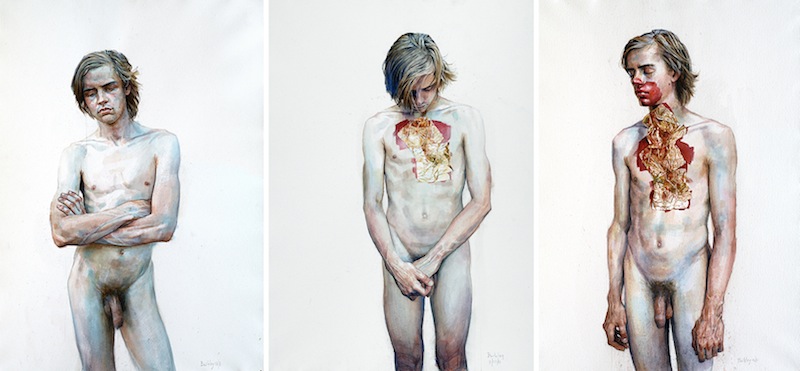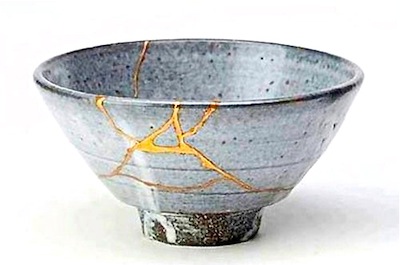Living with the Fragments
Aubrey Allison
“A story is a way to say something that can’t be said any other way, and it takes every word in the story to say what the meaning is.” ― Flannery O'Connor
There is a picture circulating on Facebook of a gray ceramic bowl that has been broken and repaired, its cracks filled with gold. Kintsukuroi. The caption reads: (n.) (v. phr.) “to repair with gold”; the art of repairing pottery with gold or silver lacquer and understanding that the piece is more beautiful for having been broken.
The sentiment resonates. We have all been wounded and broken, and we all can, at least most of the time, acknowledge some blessing. More than that, kintsukuroi marks an event in the history of an object. It tells a story. And the story ends in restoration.
But this feels too neat to me. It feels dishonest. There are wounds that can’t be painted smoothly over with gold. What about the fractured parts that will never be put back together, will never take the same shape again?
Over and over in a million different ways we learn the heaviness of the world, learn to navigate its depth and its jagged edges. It is an act of faith to live with the fragments, even the ones unrepaired by gold, even while there is no resolution, not yet.
---
Paintings above by Daniel Barkley: “Vincent B, Arms Crossed,” “Study for Golden Boy,” “Vincent, etude pour Golden Boy,” arranged in this sequence by the author.

